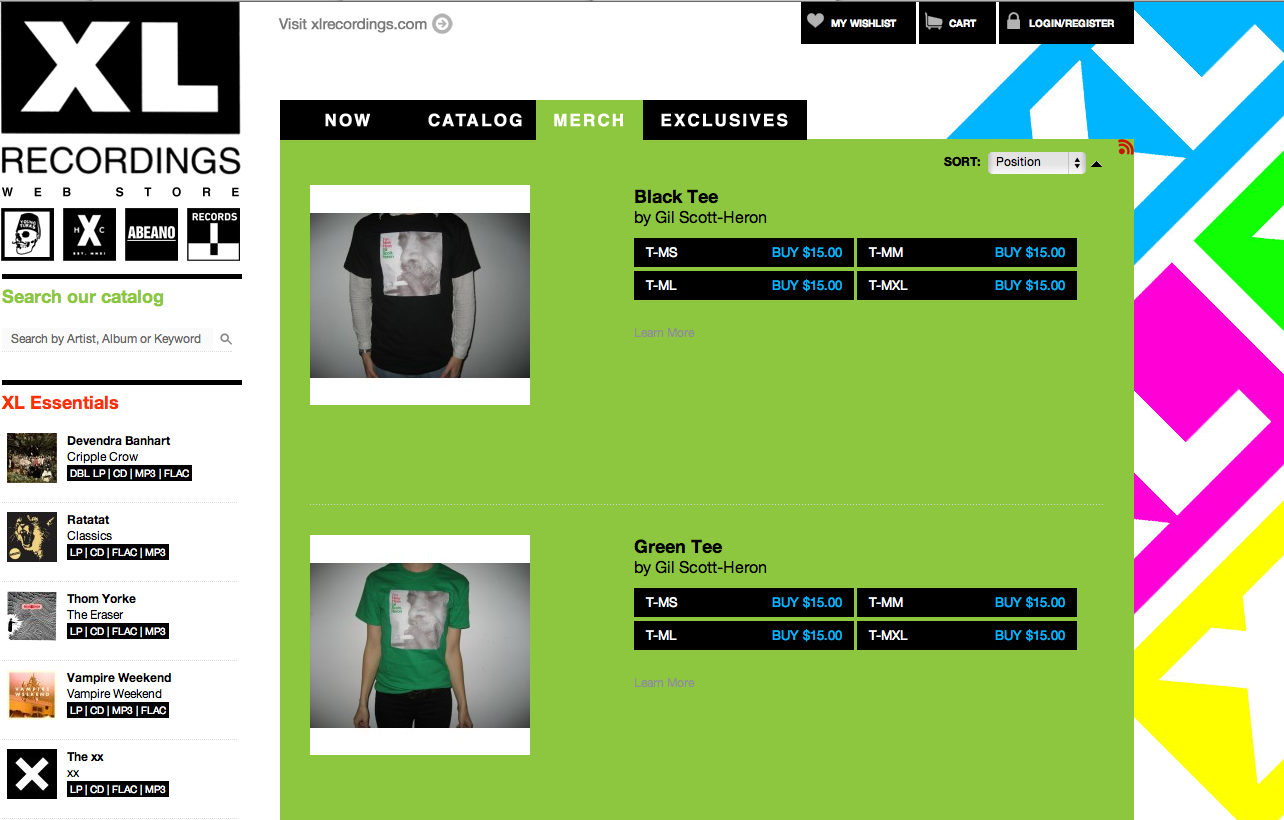In this extract of Doctor Who, Gender is portrayed in various different ways throughout using camerawork, editing, mise en scene and sound. This extract focuses on the strengths and weaknesses of both the male and female gender stereotype. Males being very dominant and powerful and women being vulnerable in contrast to the stereotype of men, however both these stereotypes are challenged in this clip.
The use of camerawork significantly shows both the stereotypes of males and females but also shows these stereotypes to be challenged. Low angles are shot reverse shot are used to show the conversation of the master and Martha, this shows Martha to be lower down and less powerful. The camera also spends most of the time focusing around the master creating motivated cuts as he towers down over Martha shouting. However the camera towards the end represents role reversal of power, showing Martha to be in control of the shot, showing her attitude and response though extreme close ups of her face. This provides evidence that Martha is challenging the stereotype of vulnerable as she is very enthusiastic and powerful in what she says. The camera also shows The Master to be intimidated, his facial expression becomes very shocked shown by an extreme close up and his body language changes. In comparison to him raising his arms up preaching about what will happen Martha drops a bombshell and his eyebrows raise showing his shock.
The power has now changed hands and Martha is in control of the situation, Martha is now superior to The Master which is shown through her motivating the cut and being dominant in the shot. At the end when the Doctor comes back the camera shoes shot verse shot between him and The master, this shows the Masters weakness to the Doctor.
However the Master is still standing at the top of the stairs above everyone else, this shows importance and power over all the other characters this is shown through long shots which are also used to give an idea of location when Martha has her flashbacks.
Males are also stereotypically dressed in the clip wearing suits, this can be portrayed as men being more superior and having more power as they have a higher status than women. The woman at the top is also stereotypically dressed in a red dress which shows her as vulnerable and an object owned by a man. However Martha challenges the stereotype of what women would wear, Martha is seen to be wearing dark masculine clothing which makes her look much more powerful and dominant in comparison to other women. This represents her tough nature and ability to challenge The Master.
Props used include the sonic screwdriver and other items, this represents the genre of this clip being science fiction. The man is the only one with a weapon making him more superior in comparison to the others including Martha.
The use of editing strongly represents both the challenging and the reinforcing of stereotypes. Cutaways are used from The Doctor to show power over the other characters, also flashbacks are used to show Martha telling people. Colour correction is used in these flashbacks to create an element of the past. Editing is also used to add clips of rockets providing more evidence about the idea of the clip being science fiction and set in the future.
Sound plays a major role throughout this clip, space shuttle noises again provide elements of science fiction and the ticking creates a sense of time running out. This is enhanced by the dramatic non-diegetic sound score that increases and becomes over dramatic to the end, this represents the event at the end where the Doctor comes back alive. The over dramatic music at the end makes the scene more tense building to the climax of the scene. Further the shouting provides elements of power when The Master is talking down upon everyone else.
Overall I think that this clip both reinforces and challenges the stereotypes of gender. Woman are shown to be vulnerable and powerful in this clip and so are men. Martha is the main character who challenges the stereotypical woman as she overpowers the Master.






































